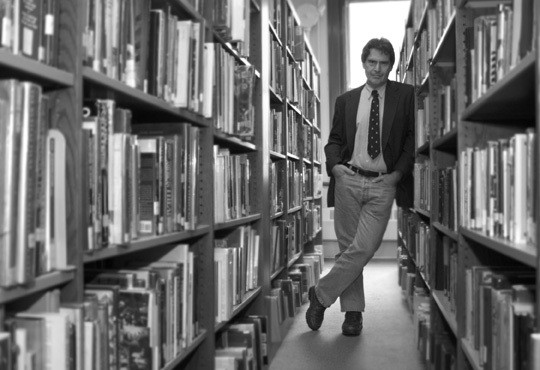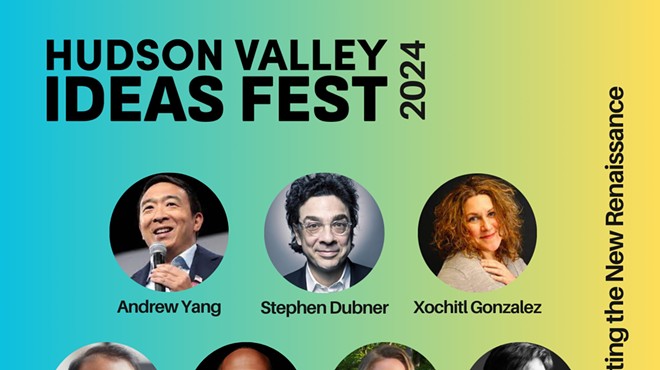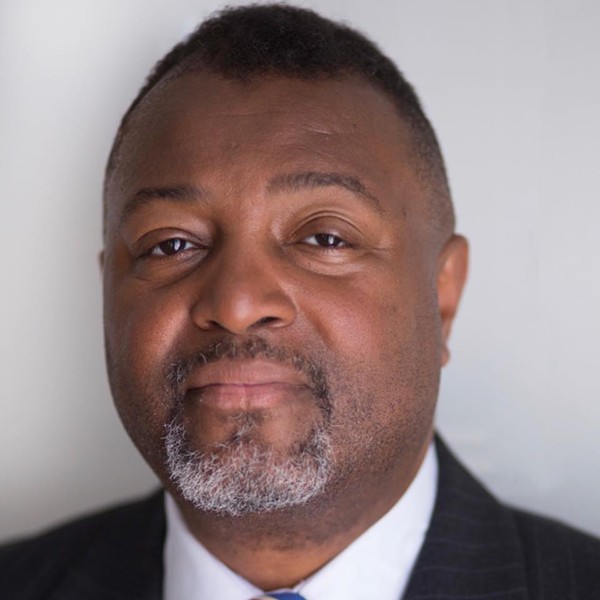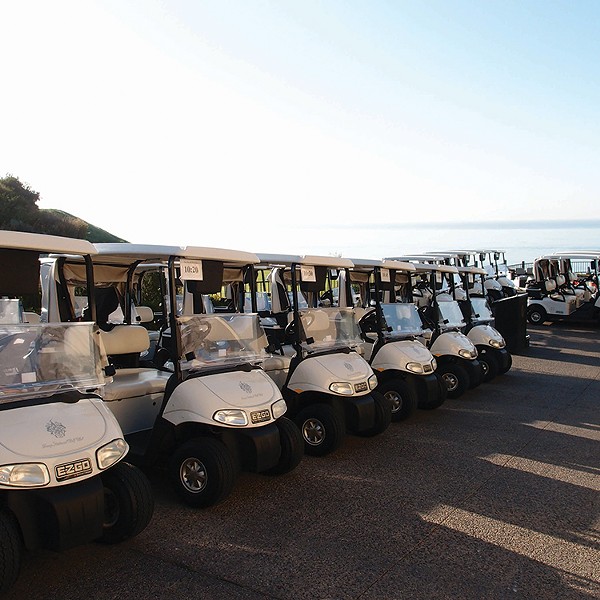—From “Blueprint for a Better Budget,” by E.J. McMahon and Josh Barro,
of the Empire Center for New York State Policy
I’m very fond of Belleayre.
It was built in 1949 by the State of New York. I have a picture of my mother and myself standing outside the lodge about eight years later, when I was 10 years old. Except for the funny old-fashioned clothes, it doesn’t look much different today.
It’s a friendly, low-key place, with lots of locals and lots of regulars. When my son was growing up, a season pass for a kid was $130 (it’s up to $215 now). Ski shops do seasonal rentals on equipment for about the same price, a total of $260 then, $345 now. Almost anyone can afford it, even a single parent.
As a result, a whole crew of local kids show up. They’re outdoors in the winter, which is a marvelous thing, especially in a region starved for recreation, and in a nation in which most young people’s idea of action is something that happens on screen while they sit on a couch.
In addition, Belleayre makes money for the state.
So why the urge to privatize?
Actually, the urge is to sell it. But that would require an amendment to the state constitution. Privatizing is the next best thing.
Granted, New York State can be better organized; and there are almost certainly ways to get more bang for our buck. The tone of this report sounds very sensible. I spoke to one of the authors, E.J. McMahon. He’s an affable, well-spoken guy, who accepts that people can differ.
But, is that what this is really about? To understand, let’s look at the source.
The Empire Center for New York State Policy is a stepchild of the Manhattan Institute, a neocon think tank like the Cato Institute, the Heritage Foundation, and myriad others. Like them, it is funded by a collection of right-wing billionaires and major corporations including Exxon, Chase Manhattan, and Bristol Myers Squibb—big oil, big money, big pharma.
The Manhattan Institute was founded by William Casey. Casey ran Ronald Reagan’s presidential campaign, then became his CIA director, where he was a key player in Iran-Contra, trading arms for hostages, and, in order to fight the Soviet Union, he helped build the networks that became the Taliban and Al Qaeda.
We also have to understand that privatizing Belleayre is a minor point in a long list.
Much more important is to reduce school aid, aid to cities, and the judiciary, cut public health care spending, undercut the power of public service unions—especially the teachers union—put a cap on teachers salaries, reduce spending on mental health, and cut rail subsidies.
The underlying theology, as stated, is that private enterprise can do anything better than government. Yet it is unfair to private enterprise to be forced to compete against the government. If you’re a conservative, it’s easy to hold both of those ideas in your head at the same time and see absolutely no contradiction in accusing an institution that can’t do anything well with competing unfairly with the institutions that can do everything better.
Nonetheless, we should look at the list, strip away the rhetoric and ideology, and attend to what it does. It is part of the movement to re-establish the difference between the rich and the rest of us.
Until quite recently, being rich was not just a difference of degree, it was a difference in kind.
Only the rich had the ability to save and retire in comfort. Only the rich lived in safe neighborhoods, with clean air and water, street cleaning, and garbage removal. Only the rich could afford good medical care. Only the rich received a good education. Only the rich had access to recreation; swimming pools, beaches, golf, ice skating, skiing, and the great outdoors.
If political parties agitated for egalitarianism, the law moved on them. If workers tried to organize, the police were there to bust them.
Then came the Crash of `29 and the Great Depression. Everything changed. Workers could organize, get decent wages, plus pensions and health care. There was a minimum wage, unemployment insurance, workers’ compensation, and safety standards on the job. Public schools and state universities came to rival private education.
Cops and firefighters, teachers, and autoworkers, printers and miners could afford a good car, a vacation in Miami, and to send their kids to college! They could play golf and go skiing. (Mr. McMahon, who is a golfer, also wants to sell or privatize New York’s 31 golf courses.)
This was a terrible, terrible thing, and could not be allowed to continue.
Education should be for the rich. If we must teach everyone to read, free education should be second-rate and private education should be significantly superior. Teacher’s salaries should be frozen. What teachers do is already overvalued and they earn it through that vile device, collective action. (As opposed to brokers as Goldman Sachs, where bonuses are divinely established by “the marketplace” and should neither be restrained or excessively taxed.)
If we cut spending on higher education, tuition can go up, students can take bigger loans, and that way, at least, we’re funneling money to the banks.
Cut medical spending. Face it, if people can’t earn enough to take care of themselves, they should die. Cut spending on the mentally ill. Mental illness is a sign of weakness, and in a perfect Darwinian market system, it’s best that they be left to find places under bridges like trolls.
If people want recreation, let them buy it from entrepreneurs. At least then it will make someone richer, which is, in neocon theology, the supreme social virtue, which trumps all others. If they can’t afford fancy stuff like snowboarding, the state has no business providing it. Let them go for a walk.
(In the interests of full disclosure, I worked at Belleayre, very part-time, for one season. I currently work at Hunter Mountain, two days a week as a ski instructor. It’s a very private enterprise place. Nonetheless, I think it’s a great place to ski and work.) There’s two and a half months of winter left. Getting out on snow transforms it. I’m there most Tuesdays and Fridays. Drop by.

















